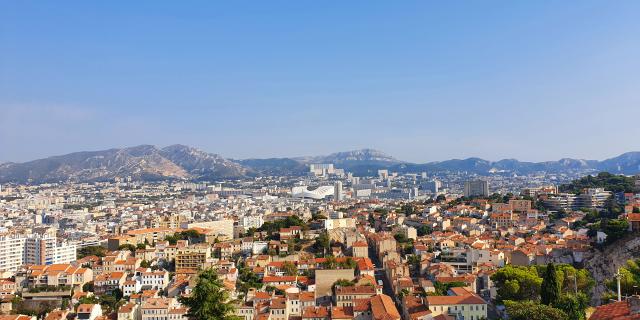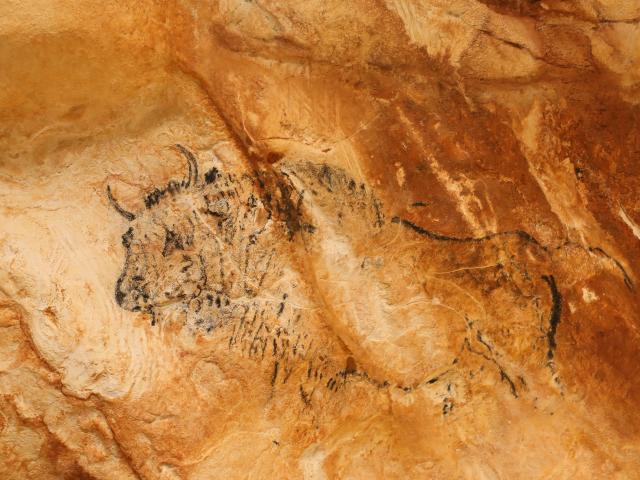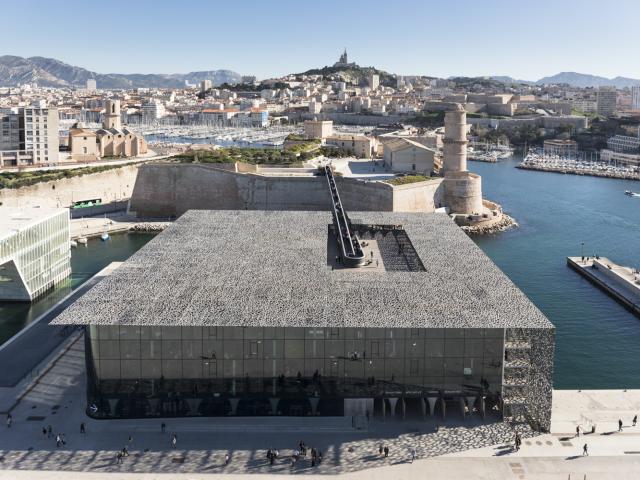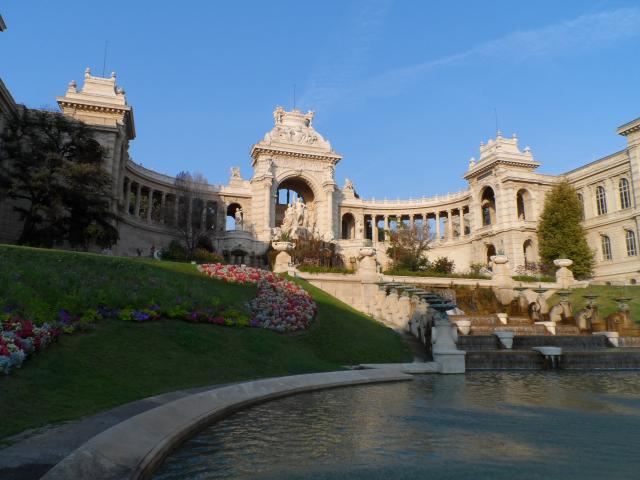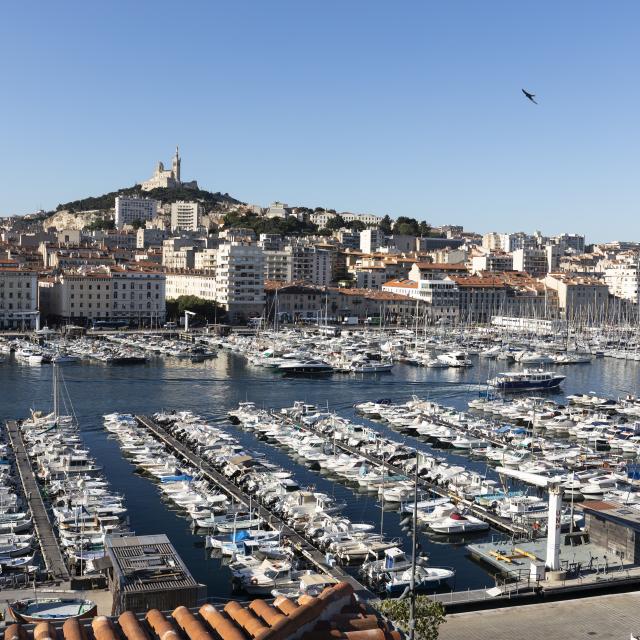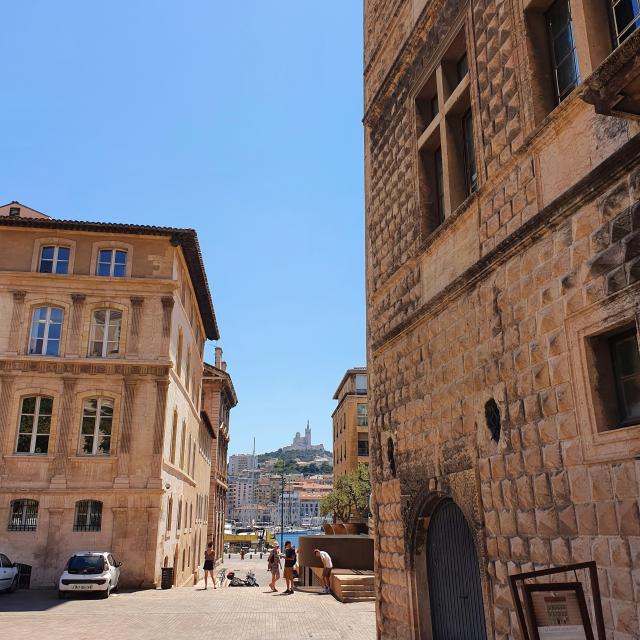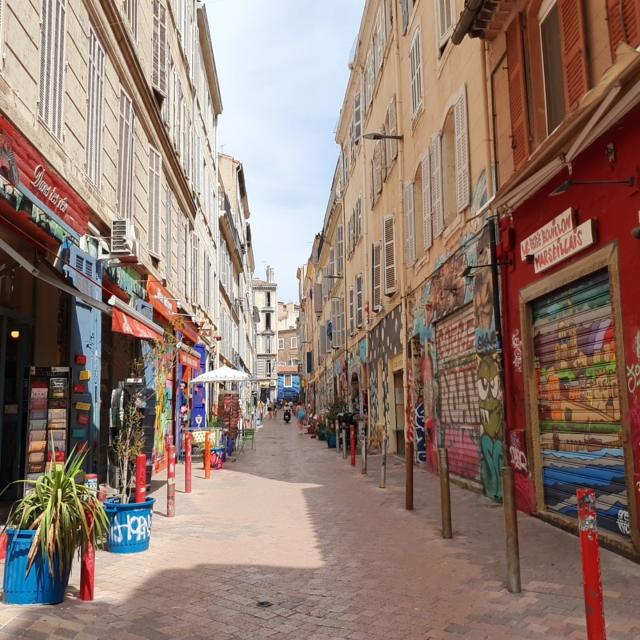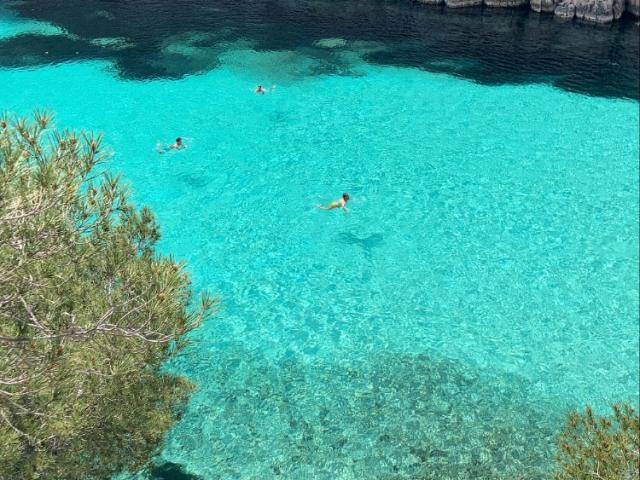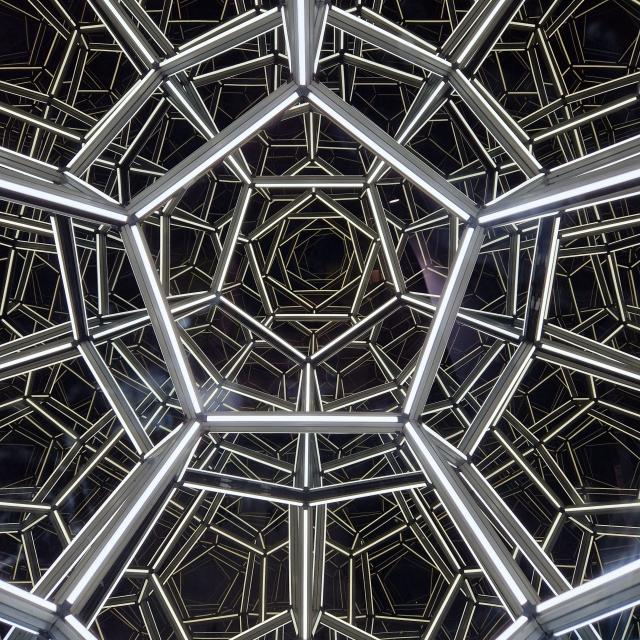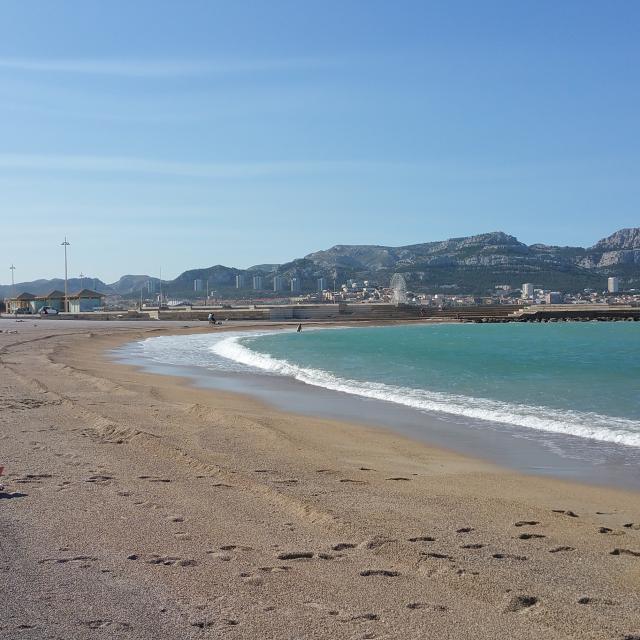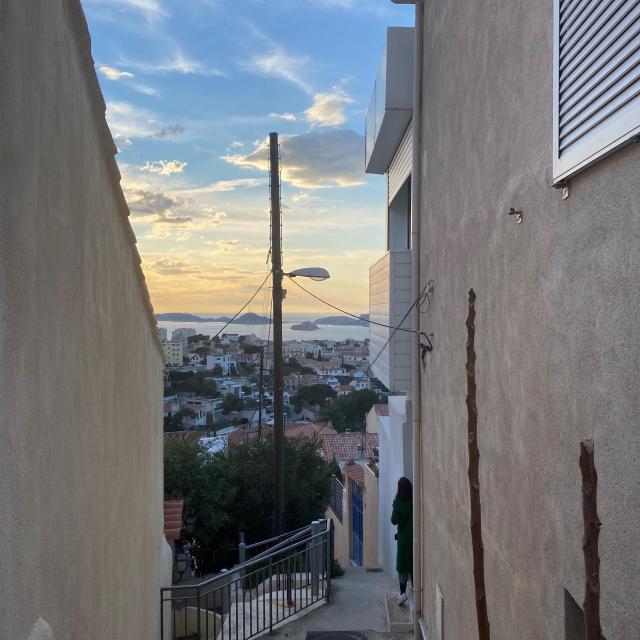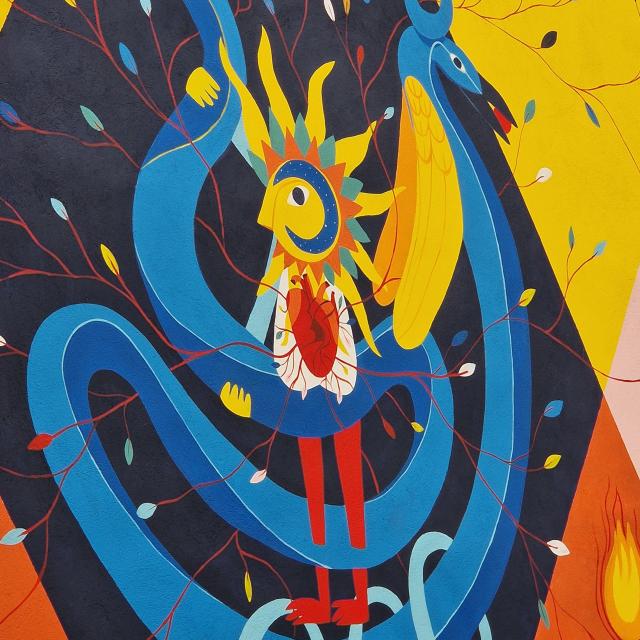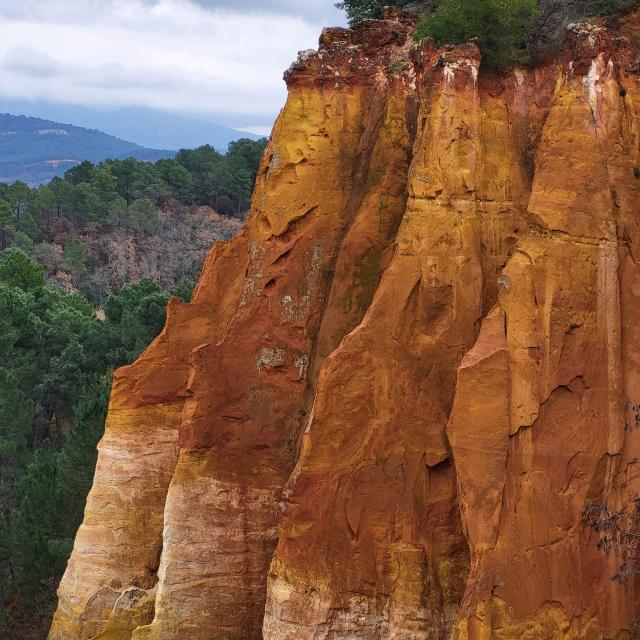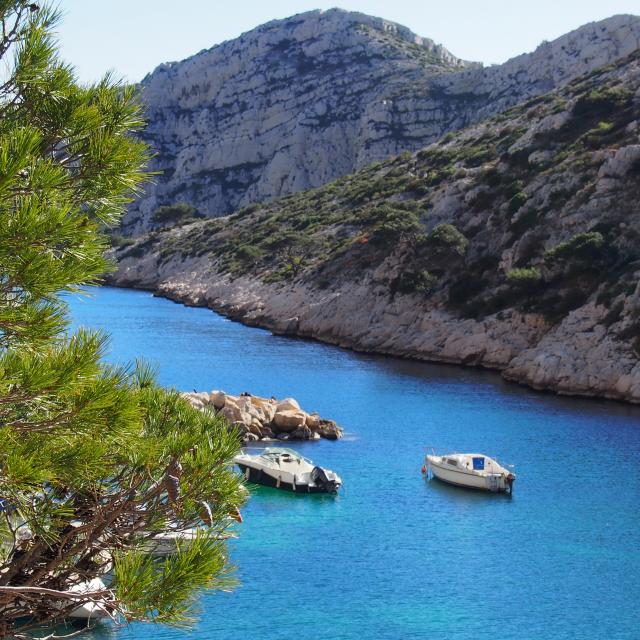The must-see sites to visit
Cultural, historical and architectural heritage
Visited by millions of people every year, the basilique Notre-Dame de la Garde is the emblematic monument of the city. The Bonne Mère (the good mother), nicknamed by the people of Marseille, is perched 150 metres above the sea level. This basilica with Romano-Byzantine inspirations overlooks the city, it is even said that it watches over the fischermen, sailors and inhabitants of the city. Its ascent seems a little sporty, but the magnificent view over the city is well worth it. The building is accessible on foot from the Old Port by walking about twenty minutes, or by car. If you do not want to arrive breathless at its summit, take the little train petit train from the Port, or the bus 60 from Cours Jean-Ballad in the Old Port.
Located in Marseille’s 2nd arrondissement, the cathédrale de la Major is a vestige of Romano-Byzantine architecture. This splendid edifice has been listed as a historic monument since 1960. Its unique two-tone facade seduces as much as its interior ornament which is not to be missed.
In order to protect the port of Marseille, the château d’If was built in the 16th century. At the request of François Ier, this fortress was built on the isle of If, one of the islands in archipel du Frioul. Some time later, its secondary function became prison, due to its strategic position that dissuades prisoners from escaping. Historical figures such as Mirabeau or General Kléber have been imprisoned there, but the most famous remains Edmond Dantès, this fictional character from the novel Le comte de Monte-Cristo written by Alexandre Dumas in which the main character is locked in a cell of the castle.
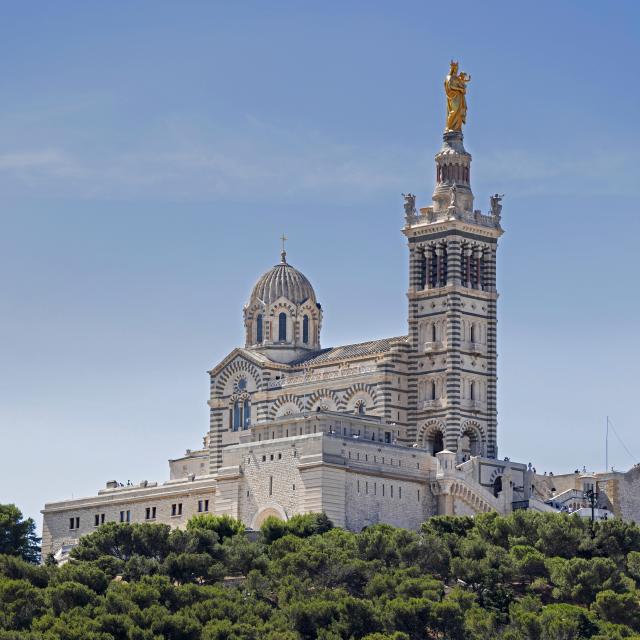
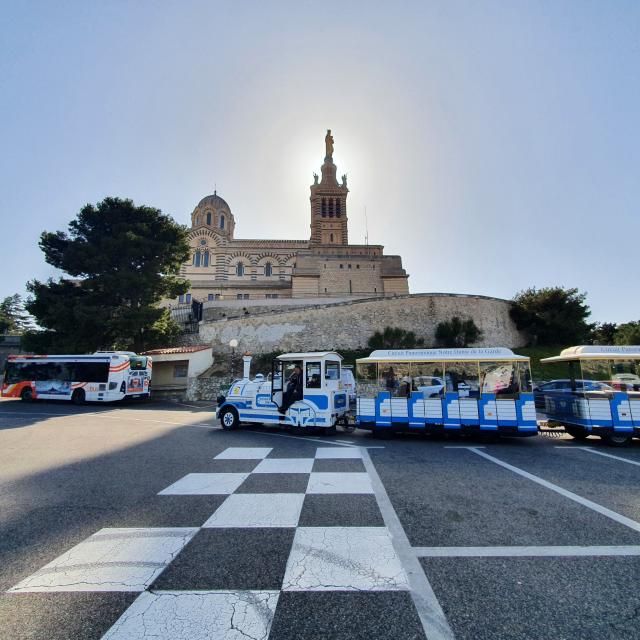 Petit Train Notre Dame De La Garde Joomtcm 21
Petit Train Notre Dame De La Garde Joomtcm 21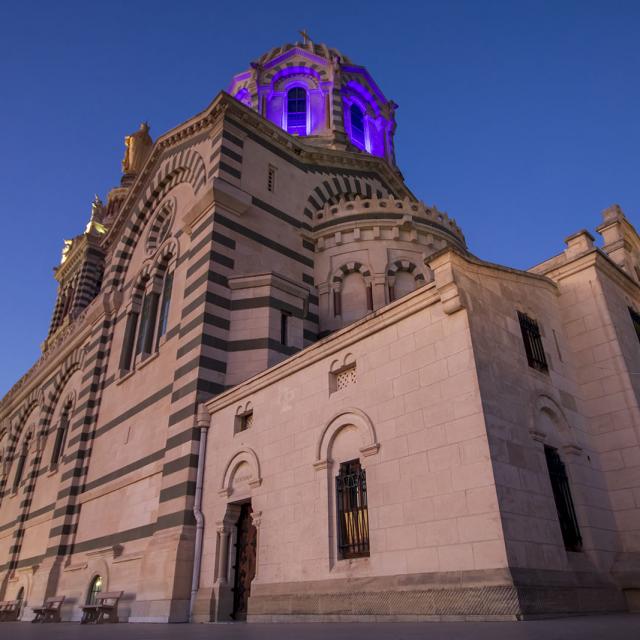
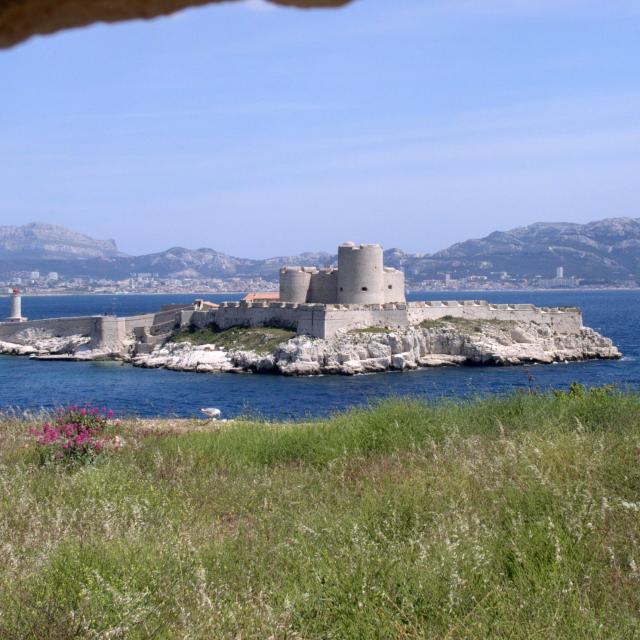
Mucem has been hosting permanent and temporary exhibitions since 2013. Its varied artistic and cultural program attracts crowds as much as its distinctive architecture. Located on the Esplanade J4, next to the Vieux-Port, the building is recognizable by the concrete mesh it is entirely covered with. It also boasts a rooftop terrace offering a breathtaking panorama of the Mediterranean and the surrounding area. A footbridge links the museum to the gardens of the fort Saint-Jean.
The palais Longchamp, inaugurated in 1869, is a monument built to bring water in the city. Colonnades were built on either side of an impressive fountain, decorated with animal sculptures. Its park, which was formerly a zoo, is beautiful wooded and its flower beds are colored as soon as spring arrives. It is a real place of tranquility that has playgrounds for children. It also houses two museums: in the left wing, the Musée des Beaux-Arts and in the right wing the Muséum d’Histoire naturelle.
Since June 2022, the Villa Méditerranée hosts the reproduction de la Grotte Cosquer. This prehistoric cave submerged in the sea near Morgiou was discovered by Henri Cosquer en 1985, this vestige of history was then reproduced identically on nearly 2000m2. At the lowest level, let yourself be guided aboard autonomous modules to explore the prehistoric cave. The visit continues in the amphiteatre of the museum where an unpublished documentary retraces the history of the discovery of the cave.
